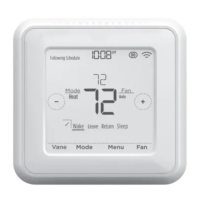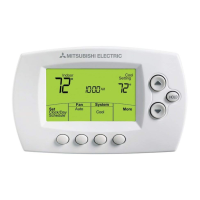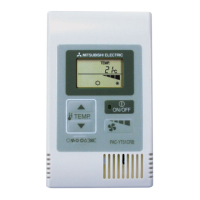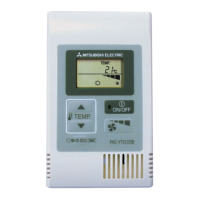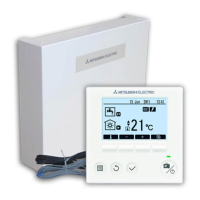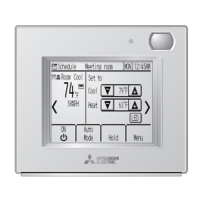Chapter 9
269
Logic programming – Function blocks
How to force an input:
Click on an input with the left mouse button. A context menu with the following
options will appear:
– Force low...: The MELSEC-WS safety controller will evaluate the input
independently of its actual physical value as Low.
– Force high...: The safety controller will evaluate the input independently of its
actual physical value as High.
– Remove force...: The safety controller will evaluate the input with its actual
physical value.
Forced inputs are marked with a dark blue frame. High inputs are displayed green,
Low inputs are displayed white. Inputs whose forced value differs from their physical
value are displayed light blue.
While an input is forced in the logic, the actual value on the physical input is not
displayed in the logic editor but only in the Hardware configuration view.
Forcing affects only the inputs in the logic program, but not the physical inputs of
safety I/O modules. Examples:
– Forcing has no effect on the inputs of a WS0-XTIO module that are used for Fast
shut off. Therefore the hardware output may remain Low although the inputs are
forced High in the logic because the Fast shut off on the WS0-XTIO is controlled
directly via the physical inputs.
– Forcing has no effect on inputs whose values are not being controlled by the
logic program but are transferred directly to a programmable controller via a
network module.
Force mode always applies to the complete project. This means for logic programs
using more than one page in the logic editor, that a forced input will be set to the
same value on each page of the logic editor where it is used, not only on the
currently displayed page.
If forcing an input in a logic program causes more than 16 outputs to switch at the
same time, then some of these outputs will be switched with a delay of one or more
logic cycles due to the limited transmission capacity of the RS-232 or USB interface.
The logic execution time depends on the size of your logic program. It is calculated
automatically in the logic editor and is displayed in the top right corner of the FB
preview window.
Unlike the simulation mode, the force mode allows you to use the EDM or Valve
monitoring, if corresponding devices are connected that will send the required
feedback signal when the outputs are activated.
When using a network module, please note that the process image of the network
modules always reflects the actual physical value of the inputs and outputs of the
connected devices and not the (virtual) forced value of an input in the logic program.
If by forcing of an input in the logic program (e.g. from High to Low) the value of an
output is changed (e.g. from High to Low), the actually changed value of the output
(in the example Low) will be transferred to the programmable controller in the
process image, but not the forced Low value of the input in the logic program.
Instead still the actual physical value of the input on the device (in the example
High) will be transferred. Take this into account when you evaluate the transferred
data in the programmable controller.
Figure 260:
Forced and not forced inputs
Note
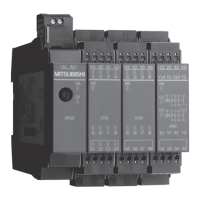
